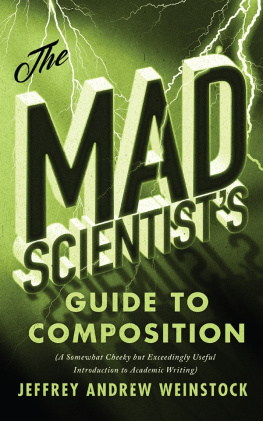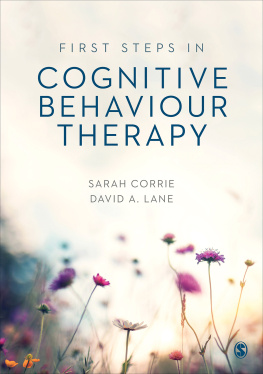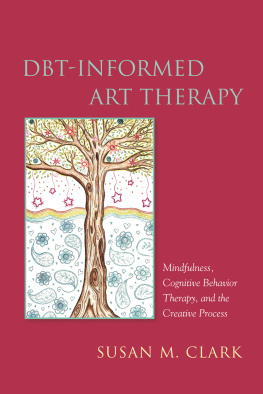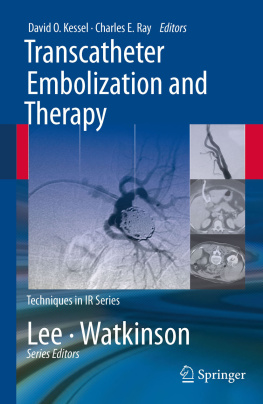David Weinstock - NeuroKinetic Therapy
Here you can read online David Weinstock - NeuroKinetic Therapy full text of the book (entire story) in english for free. Download pdf and epub, get meaning, cover and reviews about this ebook. year: 2012, publisher: North Atlantic Books, genre: Romance novel. Description of the work, (preface) as well as reviews are available. Best literature library LitArk.com created for fans of good reading and offers a wide selection of genres:
Romance novel
Science fiction
Adventure
Detective
Science
History
Home and family
Prose
Art
Politics
Computer
Non-fiction
Religion
Business
Children
Humor
Choose a favorite category and find really read worthwhile books. Enjoy immersion in the world of imagination, feel the emotions of the characters or learn something new for yourself, make an fascinating discovery.

- Book:NeuroKinetic Therapy
- Author:
- Publisher:North Atlantic Books
- Genre:
- Year:2012
- Rating:5 / 5
- Favourites:Add to favourites
- Your mark:
- 100
- 1
- 2
- 3
- 4
- 5
NeuroKinetic Therapy: summary, description and annotation
We offer to read an annotation, description, summary or preface (depends on what the author of the book "NeuroKinetic Therapy" wrote himself). If you haven't found the necessary information about the book — write in the comments, we will try to find it.
NeuroKinetic Therapy — read online for free the complete book (whole text) full work
Below is the text of the book, divided by pages. System saving the place of the last page read, allows you to conveniently read the book "NeuroKinetic Therapy" online for free, without having to search again every time where you left off. Put a bookmark, and you can go to the page where you finished reading at any time.
Font size:
Interval:
Bookmark:
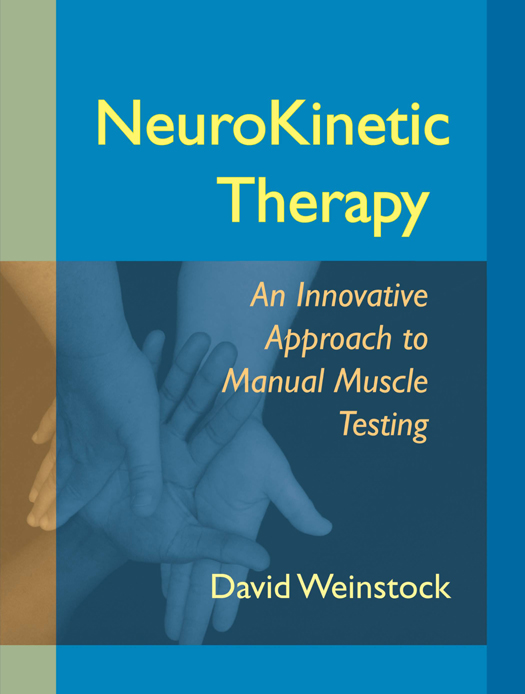
Praise for NeuroKinetic Therapy
NeuroKinetic Therapy is one of the best manual therapy instructional manuals available. The layout and photos make it easy to follow and understand. It is a great tool and will be useful in my practice, complementing my work with chiropractic, Active Release Techniques, and Egoscue exercise.
Bruce Rizzo, DC, ART, My Chiro Care,
Berkeley, California
NeuroKinetic Therapy is an invaluable tool that will greatly enhance a personal trainers repertoire and level of expertise. Clients often come to trainers with old injuries that have subsequently created compensatory patterns or muscular imbalances. NeuroKinetic Therapy provides detailed instructions for helping clients regain the muscular control and balance to perform to their potential. Easy to follow and understand, the book shows the trainer how to accurately and effectively assess and test clients. The books photographs allow the trainer to know precisely where to place pressure and how the client needs to be positioned so that the muscle test is effective. This manual is a great complement to any trainers library.
David Phillips, CES, NASM certified personal trainer,
Fit Bridge, Mill Valley, California
Muscle testing is used in many disciplines but there has not been consistency in how it is performed. In his new book NeuroKinetic Therapy, David Weinstock clearly demonstrates this technique in a succinct and thorough manner. He covers testing of the individual muscles with clear images, including their anatomical origin, insertion, and actions. This book should be a part of any soft tissue specialists library.
Douglas Kyle, DC, DABCO, ART, Marin Spine and Sport,
Corte Madera, California
NeuroKinetic Therapy clearly and thoroughly outlines muscle testing techniques along with related anatomy, but it is its use with the NeuroKinetic Therapy protocol that demonstrates how the approach is a step up from massage and strengthening models more traditionally applied. I defer to David for those difficult-to-unravel pain patterns, both professionally and personally, and always with success.
Caryl Sircus, physical therapist, Aquatic Therapy Associates,
San Rafael, California
Both concise and clear, this book breathes rehabilitation and therapeutic alignment. For a yoga instructor it provides a deeper skill set and knowledgeable platform from which to work and teach. It can greatly assist your students structural integrity as well as provide the capacity to heal any trauma that may be restricting the full range of motion or causing pain. This book is a treasure!
James Higgins, yoga instructor, Yoga Studio,
Mill Valley, California
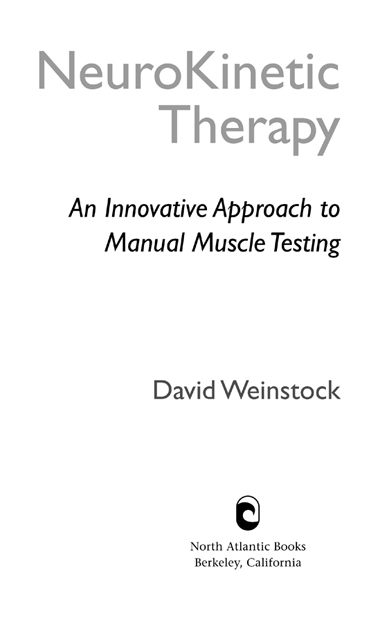
Copyright 2010 by David Weinstock. All rights reserved. No portion of this book, except for brief review, may be reproduced, stored in a retrieval system, or transmitted in any form or by any meanselectronic, mechanical, photocopying, recording, or otherwisewithout the written permission of the publisher. For information contact North Atlantic Books.
Published by
North Atlantic Books
P.O. Box 12327
Berkeley, California 94712
Cover photo by David Spindler
Cover design by Jan Camp and Brad Greene
NeuroKinetic Therapy: An Innovative Approach to Manual Muscle Testing is sponsored by the Society for the Study of Native Arts and Sciences, a nonprofit educational corporation whose goals are to develop an educational and cross-cultural perspective linking various scientific, social, and artistic fields; to nurture a holistic view of arts, sciences, humanities, and healing; and to publish and distribute literature on the relationship of mind, body, and nature.
North Atlantic Books publications are available through most bookstores. For further information, visit our website at www.northatlanticbooks.com or call 800-733-3000.
Library of Congress Cataloging-in-Publication Data
Weinstock, David, 1951
NeuroKinetic therapy: an innovative approach to manual muscle testing / David Weinstock.
p.; cm.
eISBN: 978-1-58394-592-6
1. Applied kinesiologyHandbooks, manuals, etc. I. Title. [DNLM:
1. Kinesiology, AppliedmethodsHandbooks. 2. Muscle StrengthHandbooks. 3. Muscle WeaknessdiagnosisHandbooks. 4. Muscle WeaknesstherapyHandbooks. 5. MusclesinjuriesHandbooks. WB 39 W4248n 2009]
RZ251.A65.W45 2009
613.7dc22
2009015575
v3.1
To my teachers,
colleagues, students, and clients
who have inspired the improvisations
that comprise this work.

I would like to acknowledge the following people without whom this technique would not have evolved: Vernon Brooks, John Thie, Kendall and Kendall, Jocelyn Olivier (deep gratitude), Gale Ulvang, Howard Nemerov, Brian Edwards and Cissy Spindler (models), David Spindler Photography (beautiful photos and inspiring the project), William Crabtree and Isalina Chow (computer graphics on the anatomy illustrations), and especially Laurie Higginbotham without whose work this manual would not have materialized.
NeuroKinetic Therapy (NKT) was developed in part due to my frustration with the impermanent results obtained by my clients. I found I was treating symptoms, not causes. Although my clients loved my work and got relief, some of them came back virtually the same. Clearly something was missing. That component turned out to be motor control theory.
I incorporated manual muscle testing into my work in the early 1980s. Jocelyn Olivier later introduced me to her concept of muscle compensation. By testing and retesting muscles in specific relation to each other, I learned that muscles become chronically tight to brace for weaker or inhibited muscles. Now I was getting closer to understanding the cause of heretofore unresolved conditions.
A student suggested a book entitled The Neural Basis of Motor Control by Vernon Brooks. I learned about the hierarchy of motor control. Heres an example that demonstrates this process. Lets say I want to get a cookie (albeit healthy) off the top shelf. Before my hand can reach up there and grasp it, many things have to happen in a chain of command. First the limbic system demands that I fill my needs. Next the cerebral cortex selects a strategy: Take this route. Then the motor control center (MCC), where all movement patterns are coordinated, says, Do it this way now. That message is sent to the spine, whose command is Do it! Finally, all of this neural information arrives at the muscles, where doing it actually occurs. The brain learns from failure. When a client cannot perform a manual muscle test, the MCC lights up and becomes available for new learning. I then realized that the cause of the unresolved conditions lay in the MCC.
NKT therefore is a technique that not only recognizes the importance of motor control theory, it utilizes it to make significant changes in movement patterns. The brain has to relearn how to perform a functional movement pattern and rid itself of a dysfunctional one. In the last twenty-plus years my colleagues and I have been able to help people who were told not to expect too much. My days are filled with gratifying and rewarding interactions. The missing link was found and put to good use.
Font size:
Interval:
Bookmark:
Similar books «NeuroKinetic Therapy»
Look at similar books to NeuroKinetic Therapy. We have selected literature similar in name and meaning in the hope of providing readers with more options to find new, interesting, not yet read works.
Discussion, reviews of the book NeuroKinetic Therapy and just readers' own opinions. Leave your comments, write what you think about the work, its meaning or the main characters. Specify what exactly you liked and what you didn't like, and why you think so.





